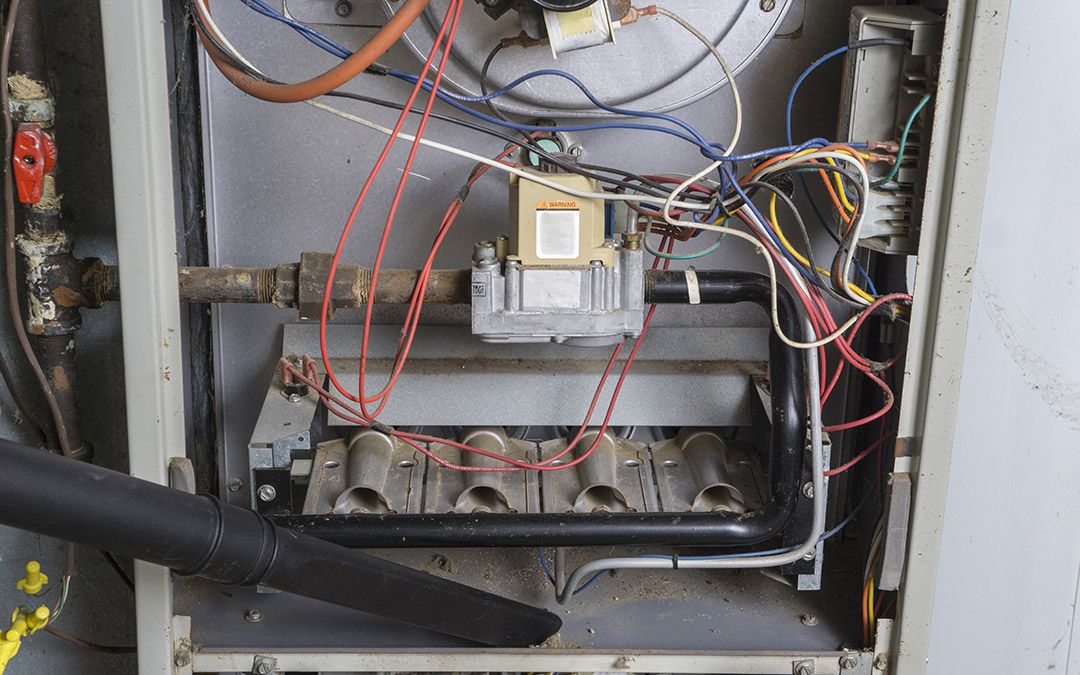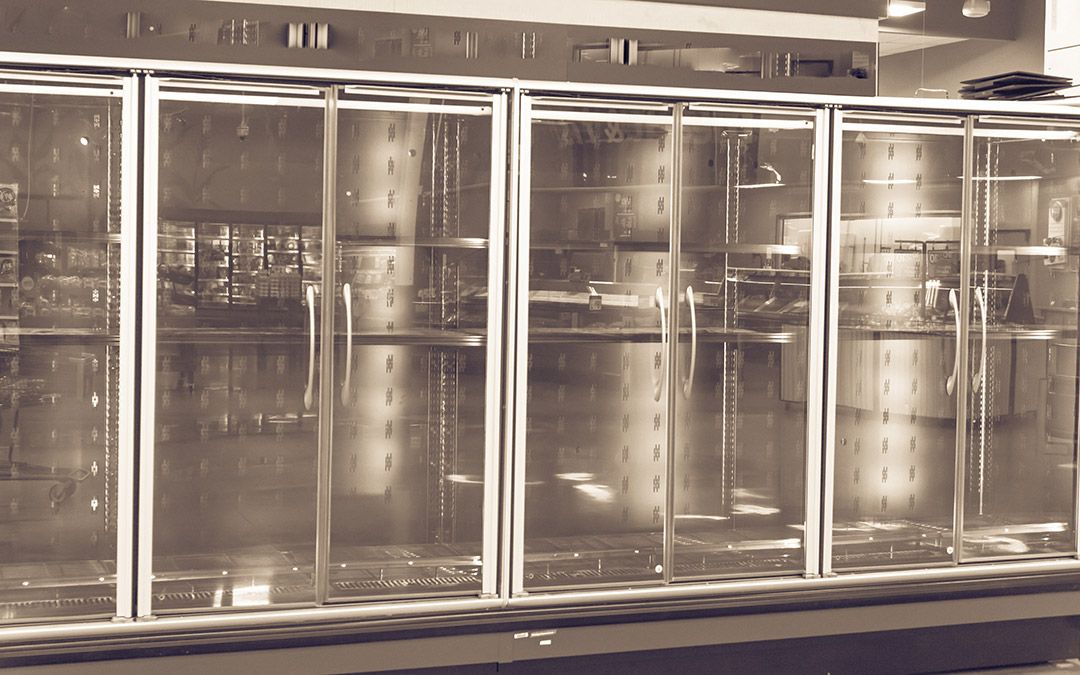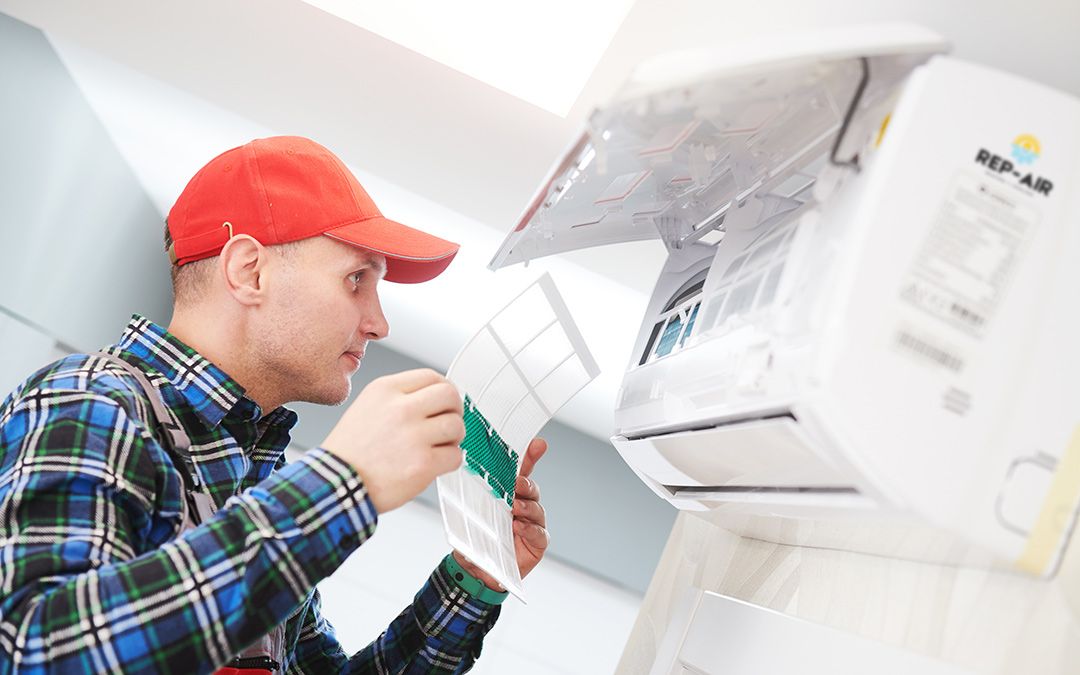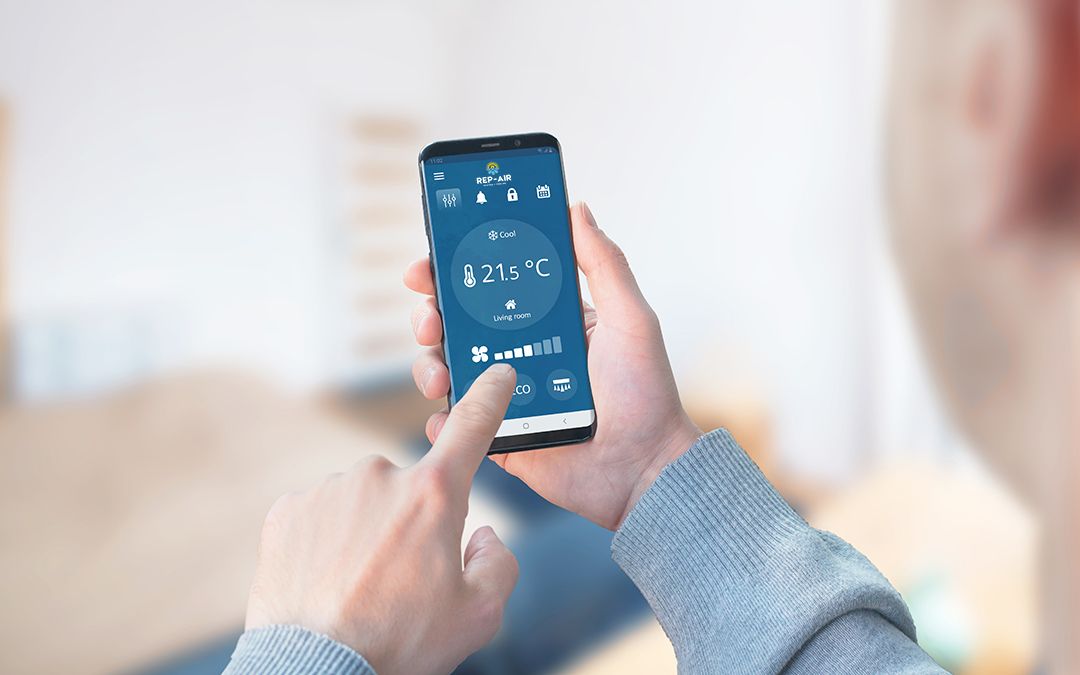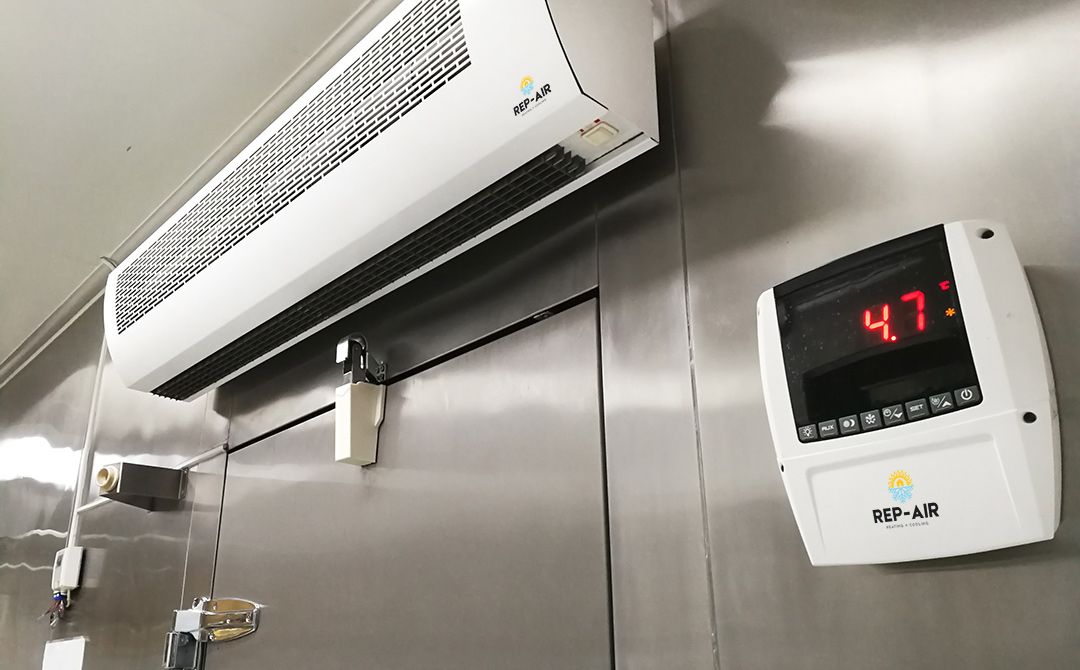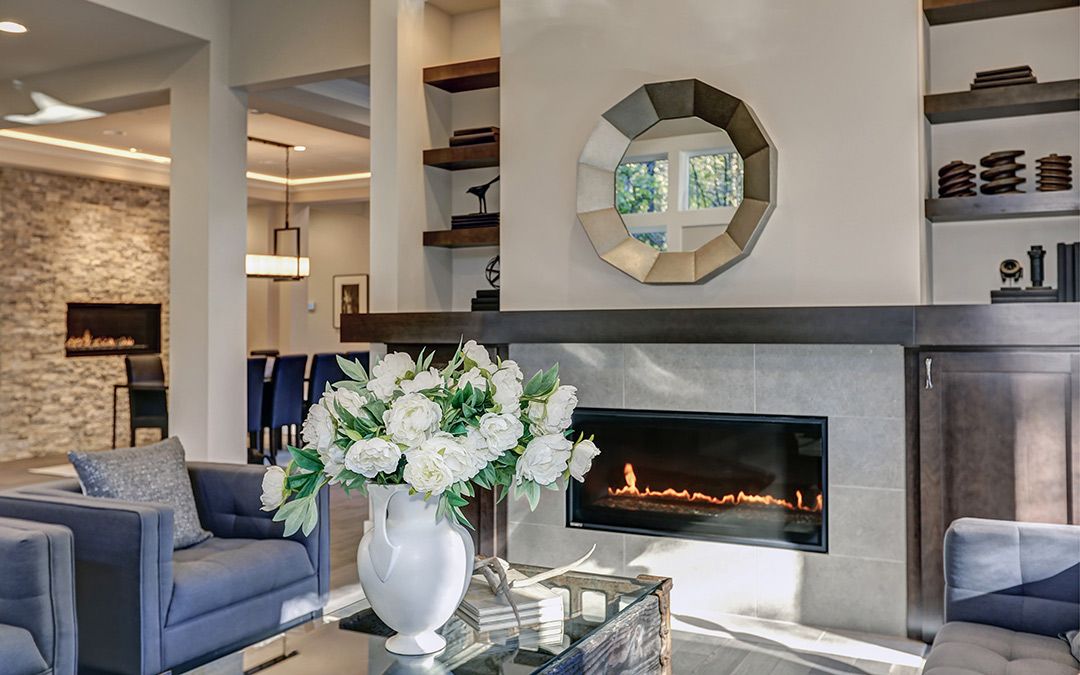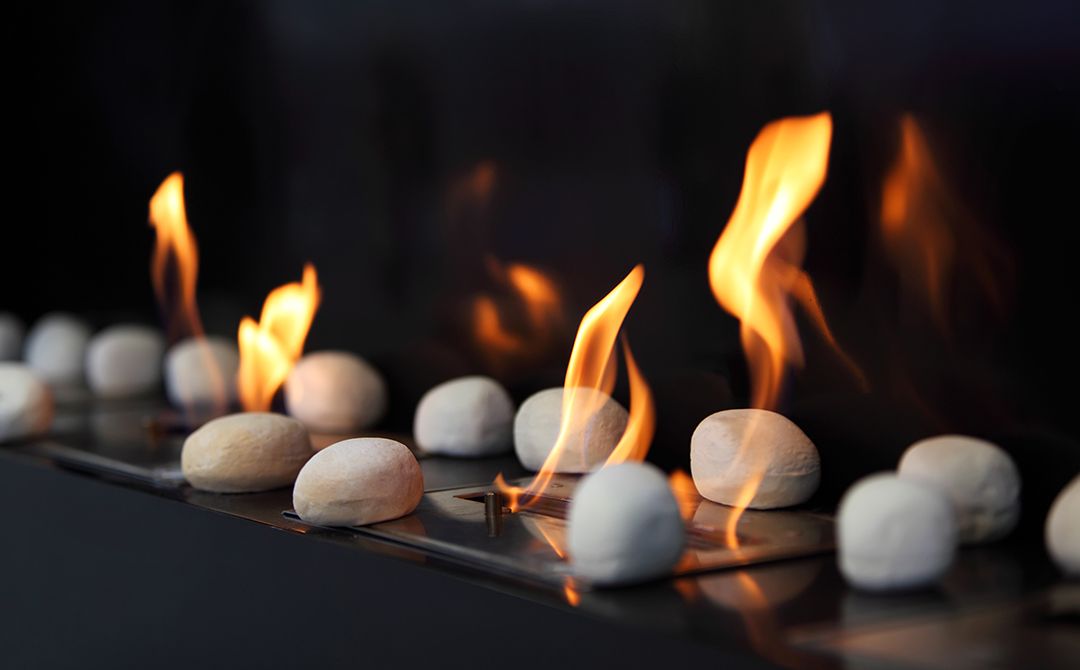5 Frequently Asked Questions About Furnaces
Winter is the season of the furnace in some homes. Even if the snow has melted, things can get pretty cold in BC’s Lower Mainland until the spring months roll in for the year.
Have you ever looked at your furnace and thought to yourself, “I have questions but don’t know where to turn”? Starting here in this online article might be a good place to start if so! Even if you’ve owned a furnace for years, it’s a good idea to refresh your memory about this sort of knowledge. And if you’re new to owning a furnace in your home, then this is all the more reason to read further.
With all of that in mind, here are our answers to five frequently asked questions about furnaces, whether they’re electric or gas.
- Why does my furnace need regular maintenance?
All machines need to be maintained regularly, and that’s pretty much what a furnace is! It’s a machine built to heat up a home’s space. Much like cars, furnaces need to be serviced every so often so that early wear and tear problems can be detected sooner than later. Plus, it prevents your energy bills from skyrocketing to unaffordable levels, and instead of facing catastrophic failures (which go hand in hand with expenses), you keep the unit operating at a normal level.
For best results, always refer to the furnace’s manufacturer manual and specifications during your own maintenance tasks to ensure your furnace has a long and safe lifespan.
- How many BTUs does my home need?
There are two ways to determine the number of British Thermal Units (BTUs) needed to heat your home. A rough way to do it is to divide your home’s square footage by 0.28. However, a more accurate calculation can be made; determine the amount of heat loss your home experiences. Then, choose a furnace to compensate for that loss.
- What’s the best type of furnace to buy?
This one’s a tougher question, because there are so many variables that need to be considered before you go ahead and make a purchasing decision. The most common furnaces you’ll find in British Columbia are natural gas and electric ones, and as of today a natural gas furnace is less expensive to run. However, the real answer is that the best furnace is the one that’s right for your home. This has to mean that your furnace should produce the right amount of BTUs, and it’s capable of circulating the warm air throughout your home.
Anytime you need a new furnace, or you’re looking to buy, you should always consult with an expert. That way, you don’t overbuy or under-buy the furnace and you find something that’s truly based on your needs.
- When do I need to replace my furnace?
The average furnace can last between 15-20 years, assuming you are providing it proper and regular maintenance. A high-efficiency furnace can last for 12-14 years on average. If your home is over 10 years old, however, you may need to do your due diligence on your furnace and how it’s operating. Carefully monitor it daily when it’s running, and take note of any signs it’s wearing down.
- What are some signs that my furnace needs to be replaced?
Every furnace model is different, but in most cases these are the most telling signs to be aware of:
- Little/no heat being produced
- Odd smells, like sulfur or rotten eggs
- Consistent pilot light failures
- Severely delayed ignition
- A significant amount of corrosion
Any one of these means a replacement is in order rather than repairs (the latter will end up being more expensive than it’s worth!).
Still have questions?
Our HVAC technicians are available to answer all of your most burning questions about furnaces (pun intended). You can reach out to us on social media or e-mail and send us a message, or give us a call. Let us know if you’d like to book an appointment in the meantime! At Rep-Air Heating And Cooling we provide our customers with many options that will best suit your needs from heating and cooling to refrigeration. Contact us today for your complimentary quote: 1-844-218-3362 or contact@repairheatingandcooling.com and don’t forget to take a look at our website: https://www.repairheatingandcooling.com. Follow us on Facebook and Instagram for free giveaways!

